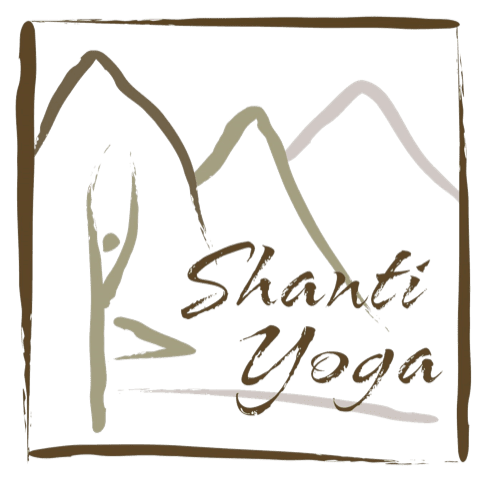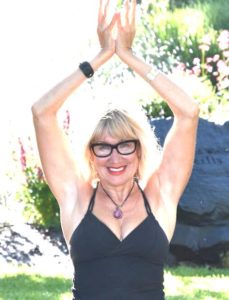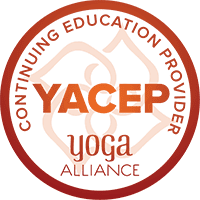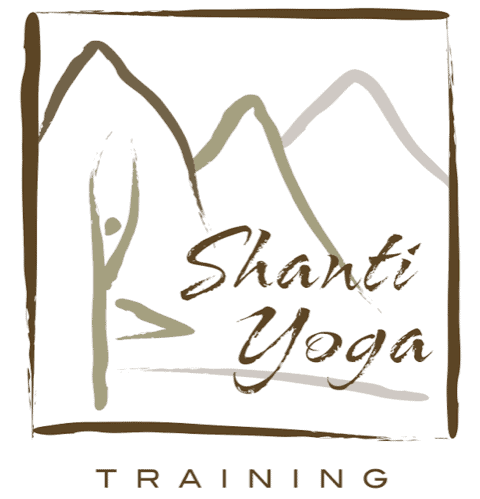Pranayama is considered to be the heart, the life of yoga much as scientists today believe that breath is the heart of our lives. In this Course, we’ll begin with Yogic Philosophy and Practices and then weave in modern science. We will study how both views complement each other. Western research supports, expands, and adds depth to the Eastern experiential literature. Western researchers are now scientifically proving what Eastern practitioners have been saying for 5,000 years: a significant improvement of somatic & psychological symptoms can be made through understanding and changing habitual patterns of breathing.





